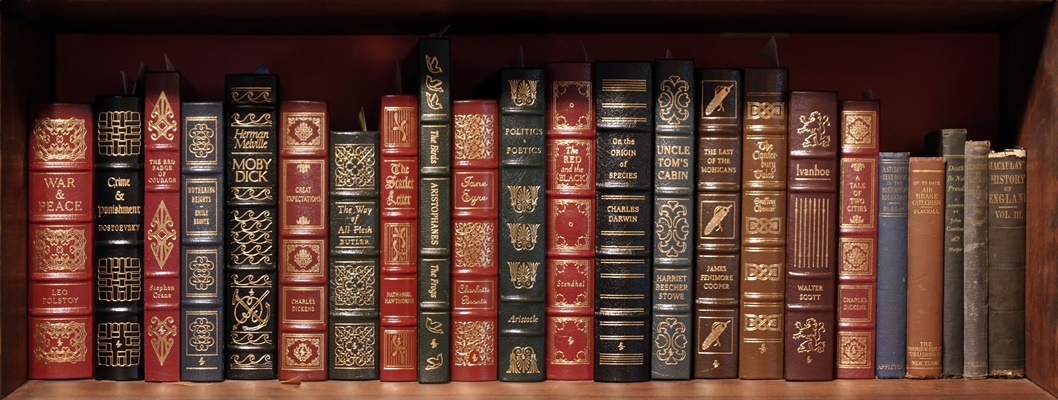This year something odd happened: not one but two government departments asked me to write a style guide for them. At the same time.
One department wanted a hard copy document and the other a wiki of sorts for their intranet. Very different media.
And, while it ended up being a lot of work, the experience gave me some interesting takeaways about writing the same genre for different media. (And about scheduling simultaneous projects, but that’s a whole other blog post!)
Here’s what I took away:
How the content will be used matters
Not enough content creators consider how their content will be used in reality. The answer to this should direct them in how to produce the content.
For example, an organisational style guide is used only when needed (usually quickly to solve an immediate problem) and only by staff. Over time, the department makes changes to contact details, corporate identity, etc., and needs to update the style guide so everyone is on the same page.
This use indicates that web content on the intranet would actually be an effective way to publish this content. Yes, it’s more work with HTML code and links and web design. But it’s probably the best way for these particular readers to use it. It’s a reference text, not a novel.
Yet most departments still create PDF style guides, which readers print and throw on the desk where it’s lost under a pile of folders. No one can find it when they need it. And, when they do find it, it’s often out of date because the electronic file has been updated without anyone realising.
We must always strive to create content that aligns with the needs of the reader (which, of course, involves understanding your reader first).
The medium matters
As one department’s style guide was to be hard copy and the other HTML, I needed to plan for them differently:
- Without a table of contents, the web guide needed very clear navigation and relevant related links.
- Without the ability to interlink, the hard copy guide needed directions such as ‘see section xx on page xx’.
- The web guide linked to attachments and external documents, but the hard copy needed appendixes or clear directions to where readers could locate external content.
- The web guide could contain descriptive links, such as ‘Read our annual report‘, but the hard copy version had to contain web addresses, such as ‘Read our annual report at www.annualreport.com’.
- The web guide content needed to be sectioned differently, i.e. web-friendly pages about one topic rather than long pages with lots of heading levels. And perhaps visual elements to make web content easier and quicker to absorb.
As you can see, different media require different considerations. Many content creators try to use the same content across different media without utilising the advantages of each.
Relevance matters
If you give readers more content than they need, they’ll feel overwhelmed and not read it. It’s essential that staff understand and use an organisational style guide. But if you give them 50 pages of technical rules about commas and grammar, they probably won’t use it.
A style manual (usually a big book) is different from a style guide, as it covers all the rules and conventions for writing (including the comma, hyphen and spelling rules you learned as a kid). My favourite is the Style manual for authors editors and printers.
A style guide is more personalised, covering corporate identity and the instances where the organisation’s preferred usage differs from the style manual.
However, most style guides are a mix of guide and manual, which means unnecessarily reinventing the wheel and creating a much larger, scarier looking document than was really necessary.
All writing is about making choices—what stays in and what stays out. You need to decide what’s relevant to the message and what’s just fluff.
When you throw everything at the reader at once, they’re more likely to skim the page and say ‘I’ll get back to it later’. They probably won’t get back to it later.
This isn’t about style guides
Obviously, this article isn’t just about style guides. It’s also about creating content that’s so relevant and aligned with readers’ wants and needs that they love it, read it, share it and return for more.
To ensure this is your outcome, consider:
- the best way to deliver your content based on how readers will use it (e.g. don’t just post the same social media content across all your channels without considering how people actually use those channels)
- how the medium you’re using will affect how you need to write the content
- what your message actually is and how much your readers really need from you, so you don’t overwhelm them.
